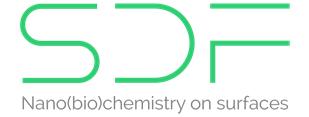
Chirality-induced spin selectivity
Proud to see this collaborative work, supported by the Horizon Europe MSCA DN "Cisse" network and FWO, published in JACS!

MOFs and SPM
Quite timely, given this year’s Nobel Prize: our review published in Chem.Soc.Rev. on metal–organic coordination systems and how to investigate them with scanning probe microscopy.

How DNA origami adsorb...
Finally revealed in Angewandte Chemie Int. Ed. how to control the adsorption symmetry of DNA origami just by adjusting the salt concentration
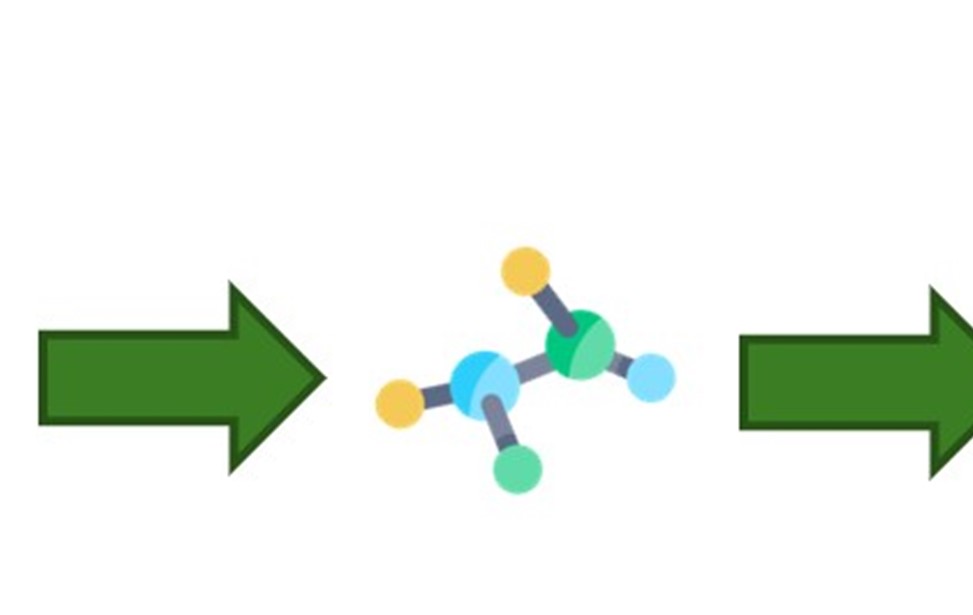
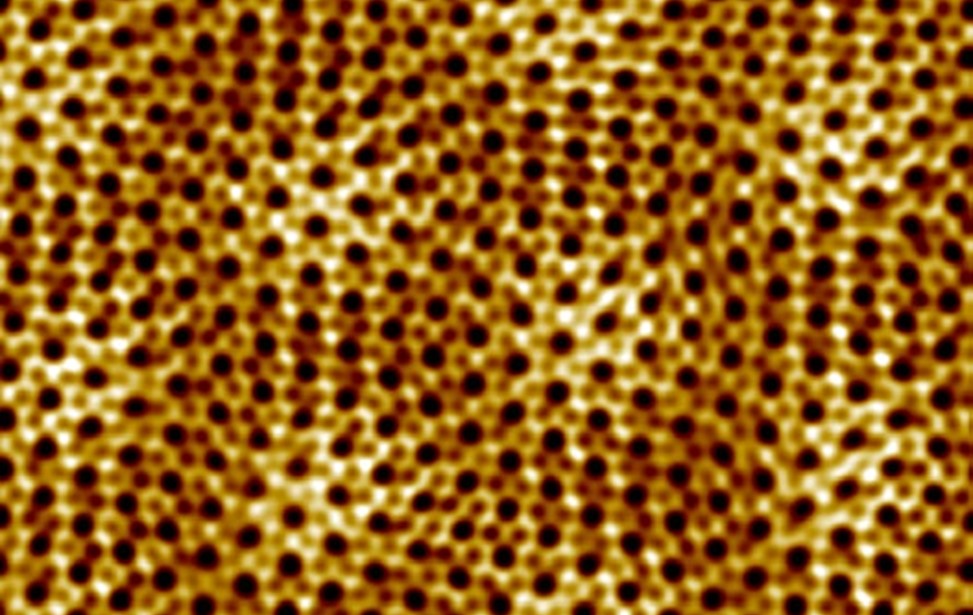
Polymers with a twist...
Glad to see that our collaborative team effort has finally appeared in Nature Chemistry. Here we describe a method for synthesizing 2D polymer bilayers or bilayer 2D covalent organic frameworks at the liquid–substrate interface through the direct condensation of monomers. Under certain conditions, large-area moiré superlattices emerge from the twisted bilayer stacking.
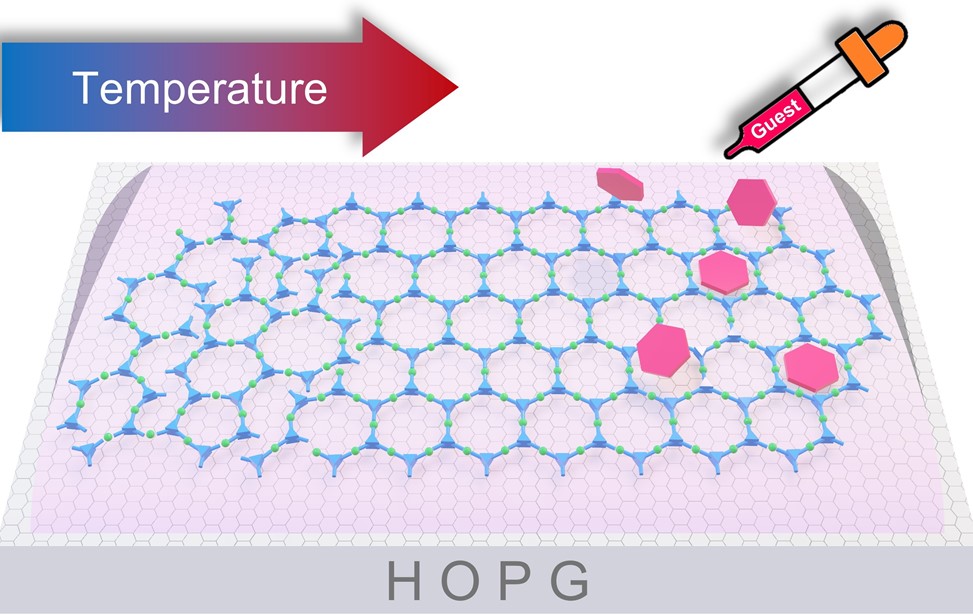
Crystallinity of a Metal-Organic-Coordiation Network
Proud to share our recent publication in the Journal of the American Chemical Society on tuning the crystallinity of metal-organic coordination networks, using scanning tunneling microscopy as visualization tool.
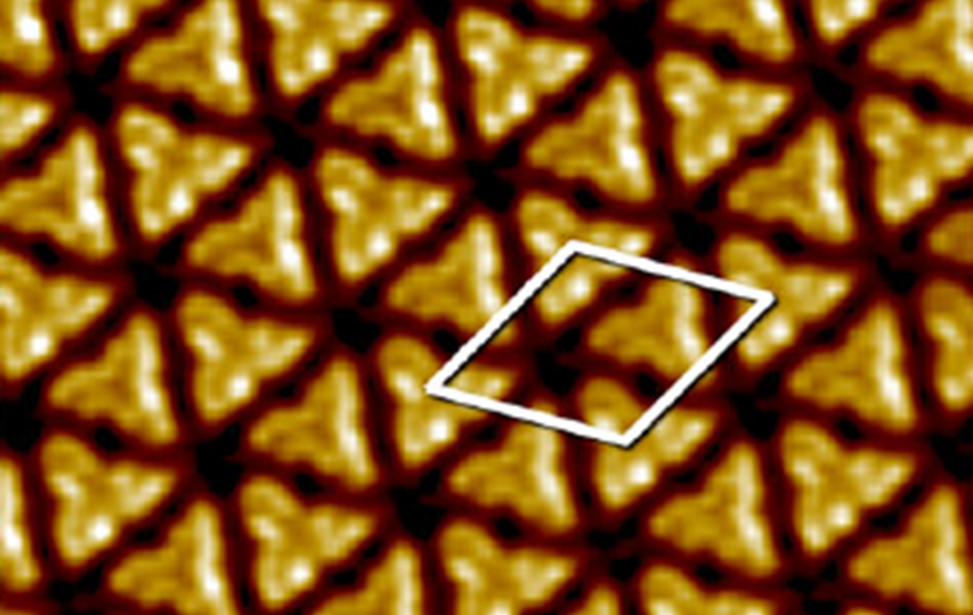
Electric field mediated polymerization...
While the nucleation of two-dimensional polymer domains is not initiated by the applied electric field, their depolymerization and subsequent desorption, are a consequence of the change in the polarity of the substrate bias within the area scanned by the STM tip.
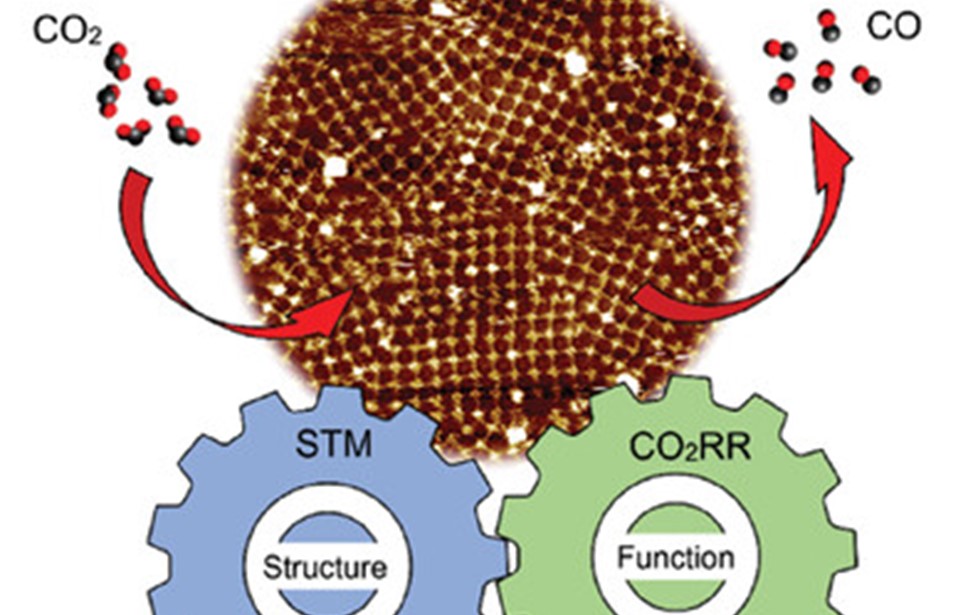
2D covalent organic framework targeting CO2 reduction
A collaborative effort! A rapid method is demonstrated for creating porphyrin-containing single-layered 2D-covalent organic frameworks (s2D-COFs) on a graphite surface. The s2D-COF films, characterized with molecular precision using scanning tunneling microscopy (STM), are used as a cathode for electrochemical CO2 reduction.
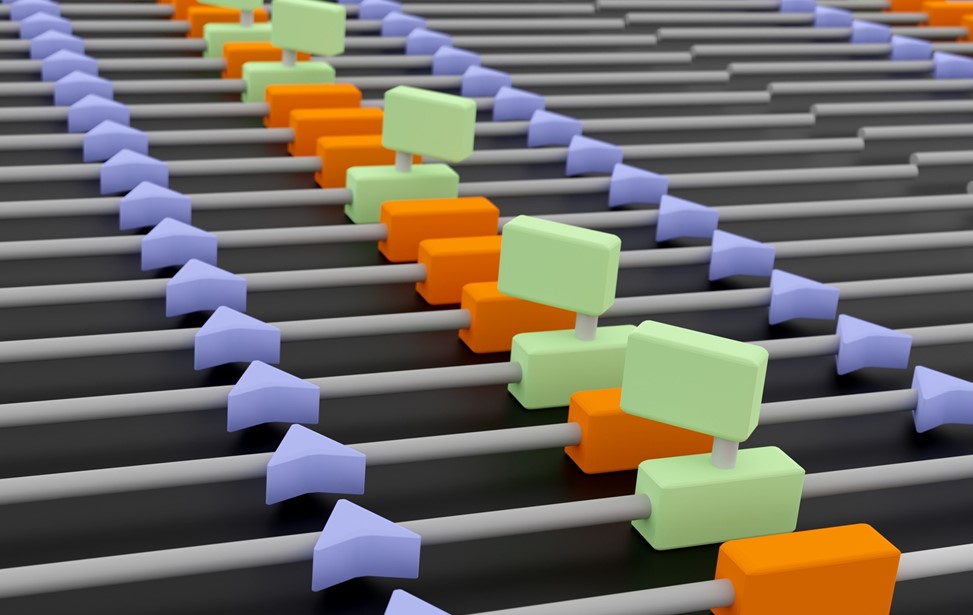
Molecular switches on surfaces
Glad to see this collaborative effort on the design and self-assembly of molecular switches on surfaces published.
